
Groupshow
Anything goes when in love
Project Info
- 💙 White & Weiss Gallery
- 💚 Michal Stolárik
- 🖤 Groupshow
- 💜 Michal Stolárik
- 💛 Adam Šakový
Share on
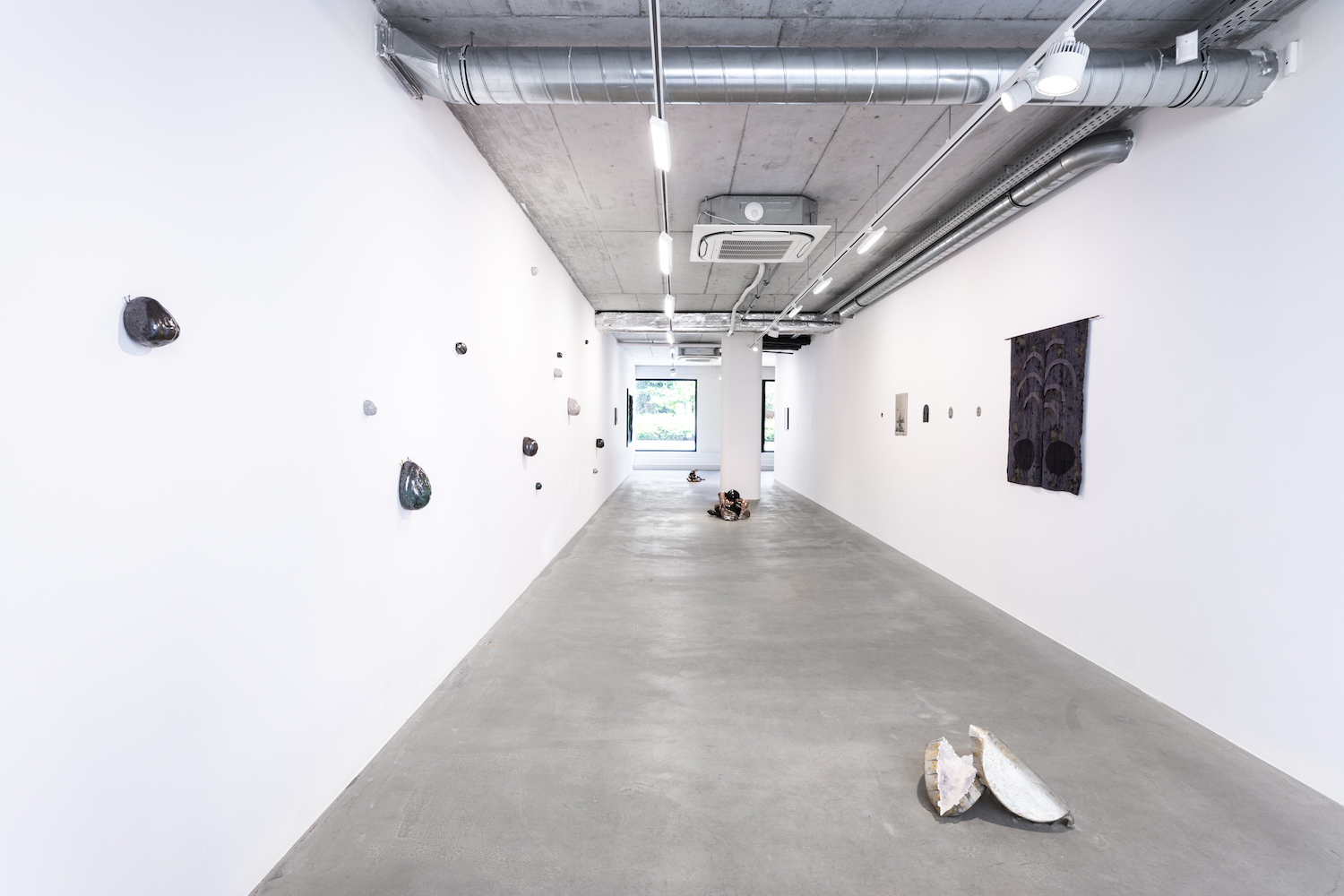
Advertisement
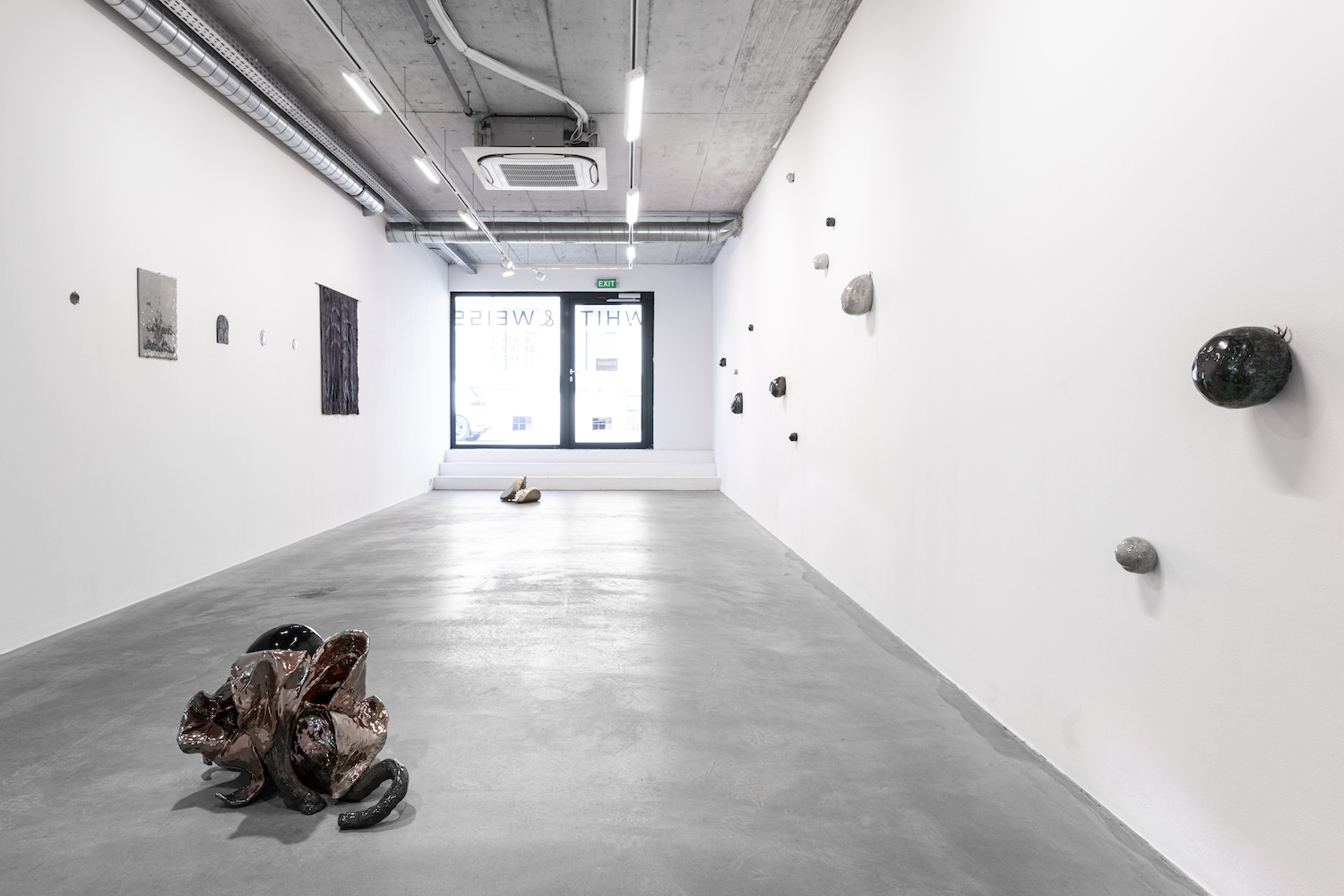
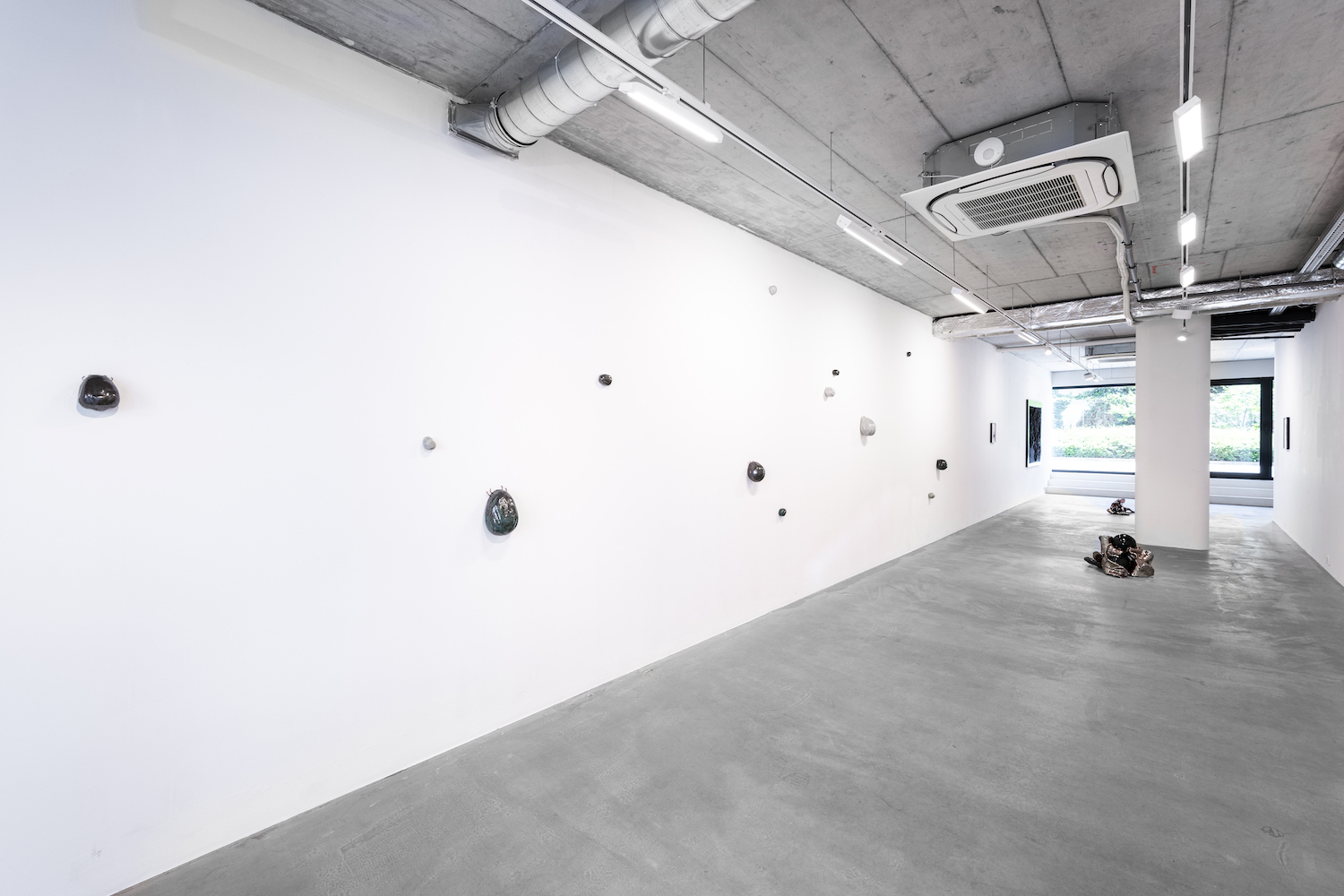

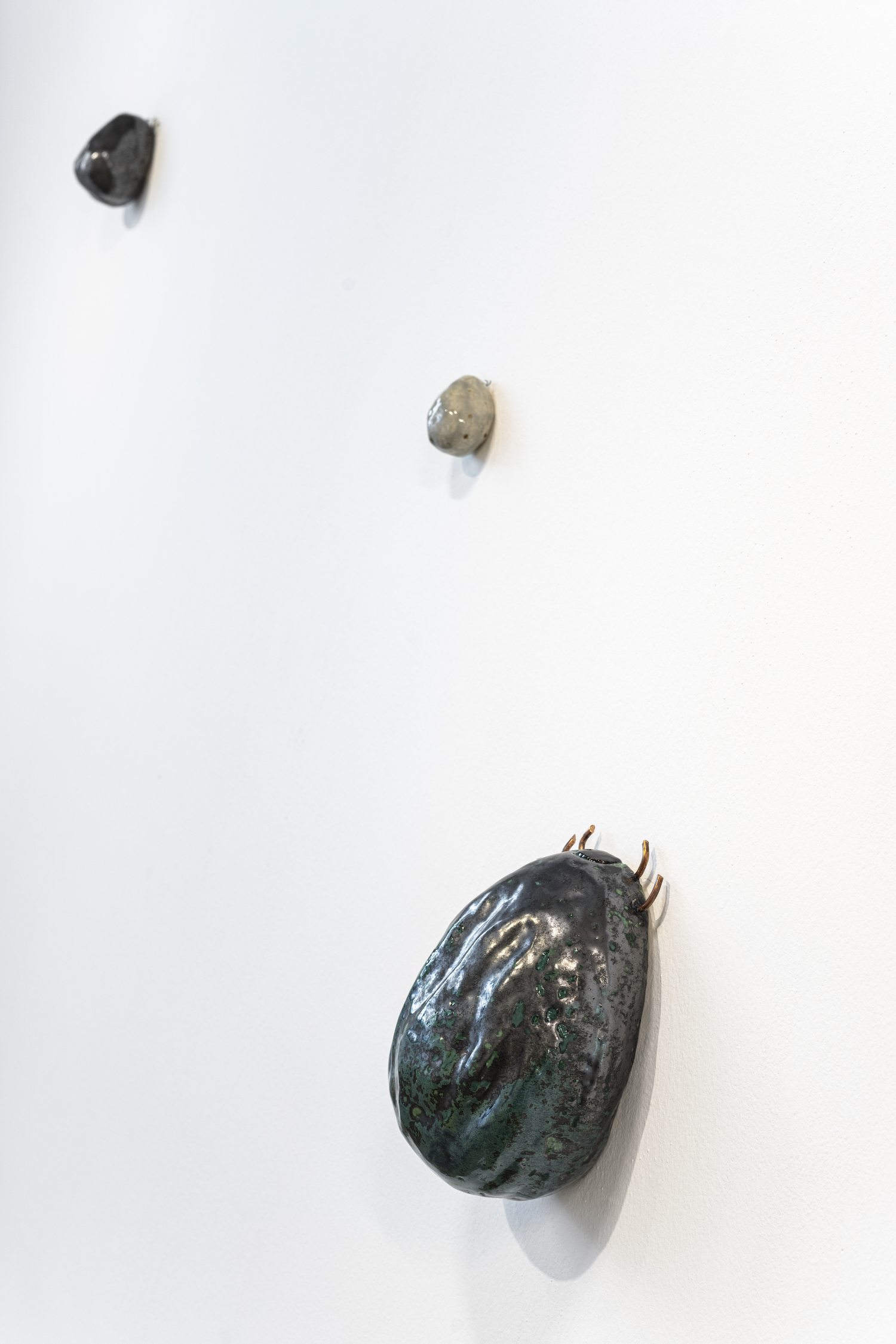
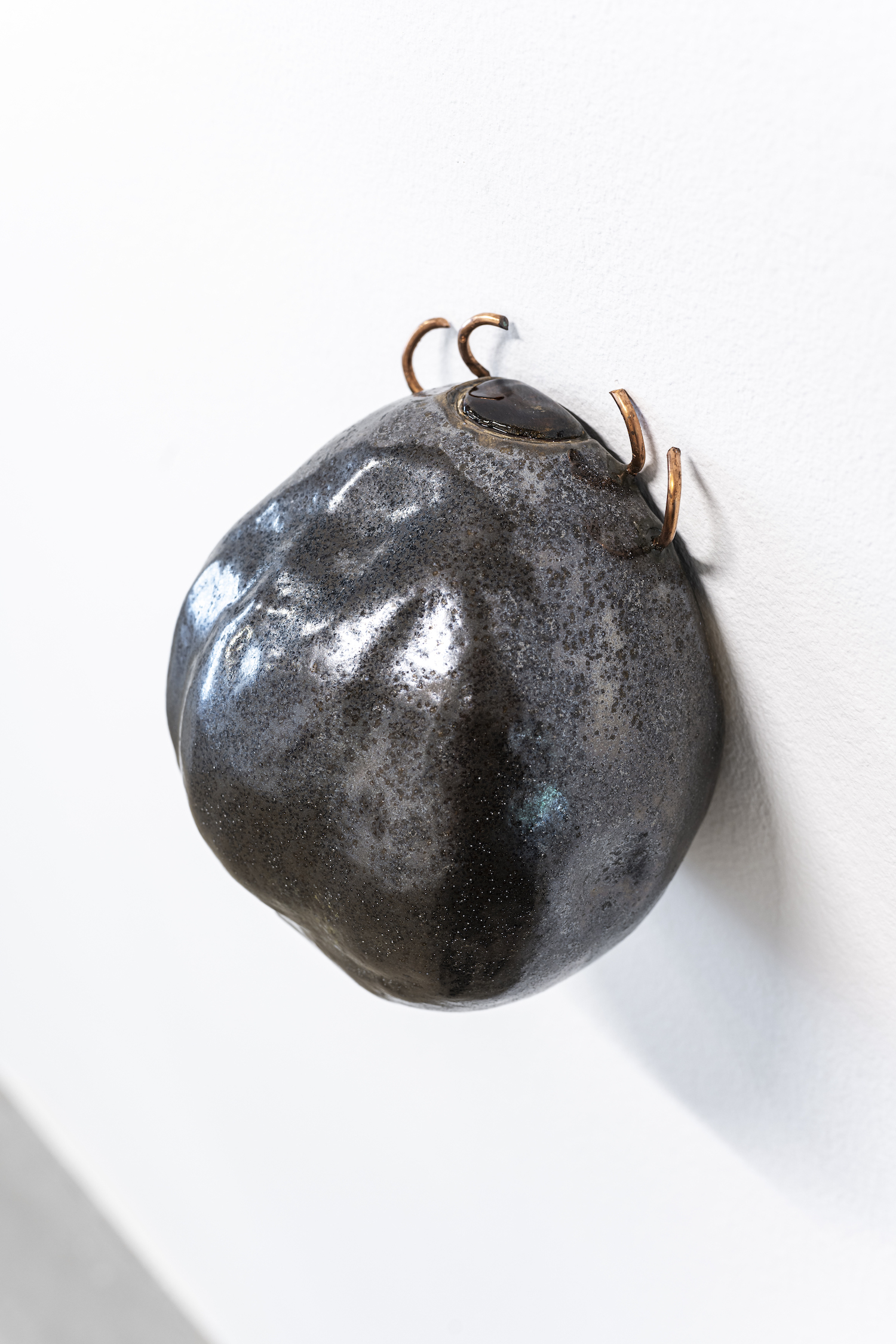

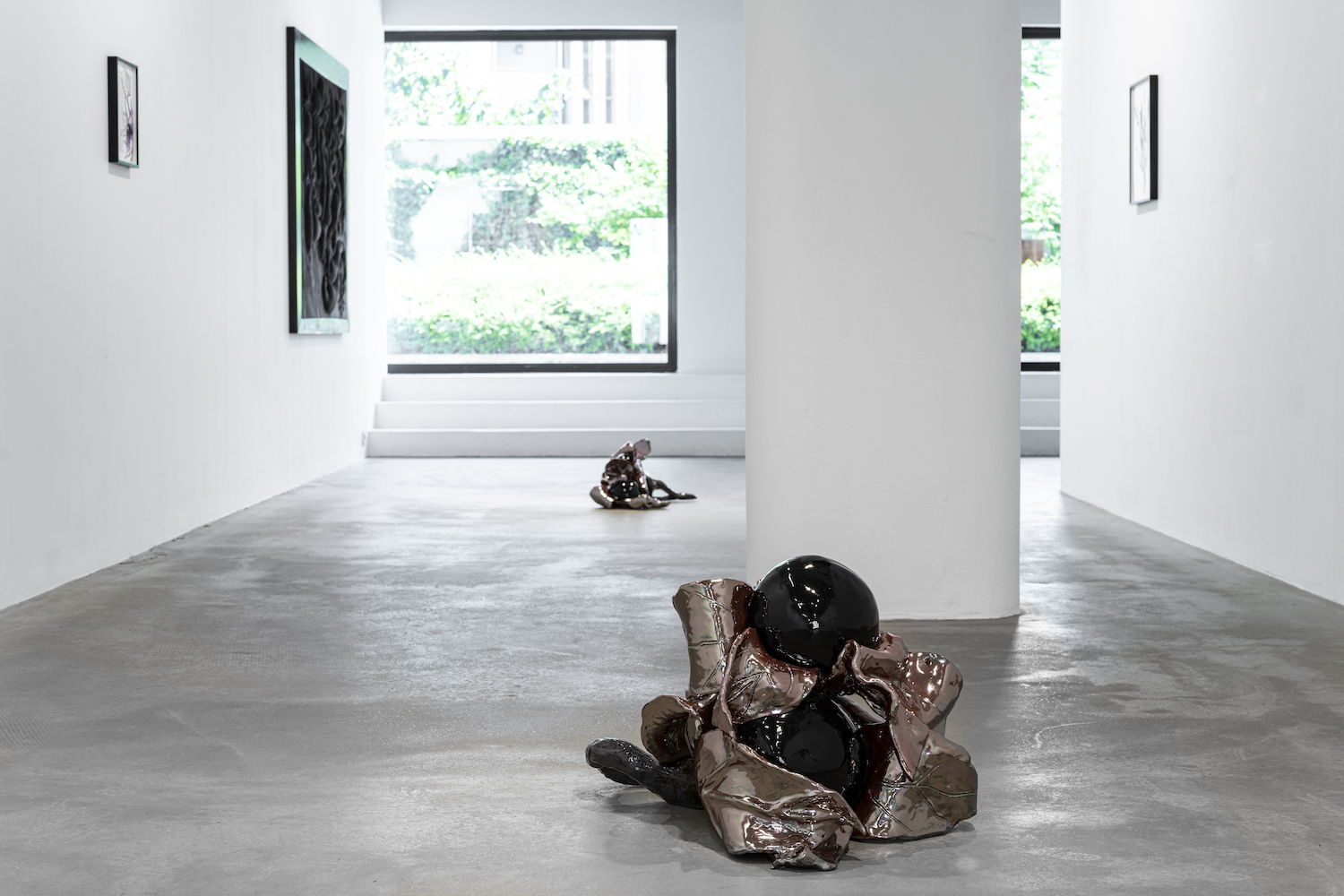
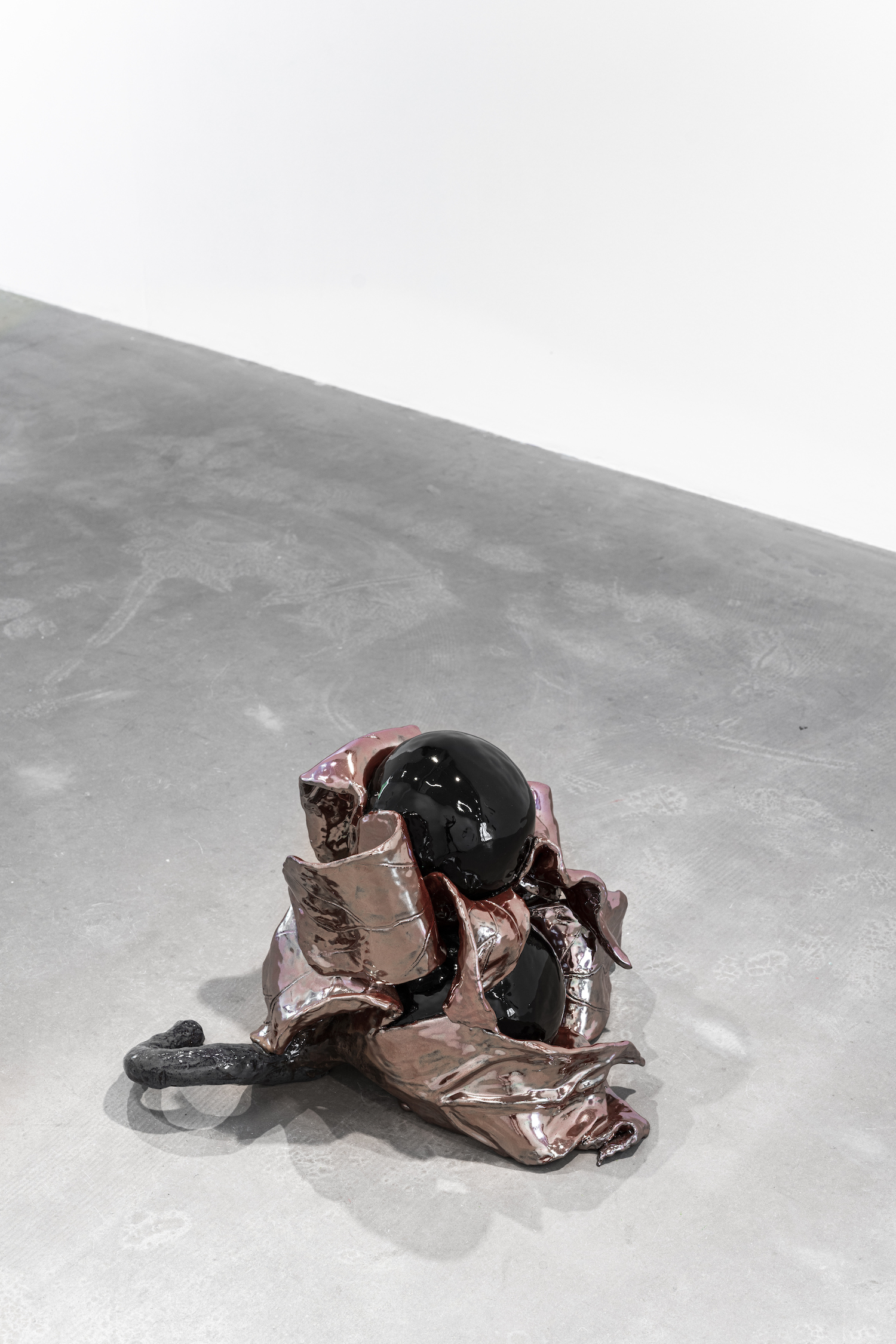
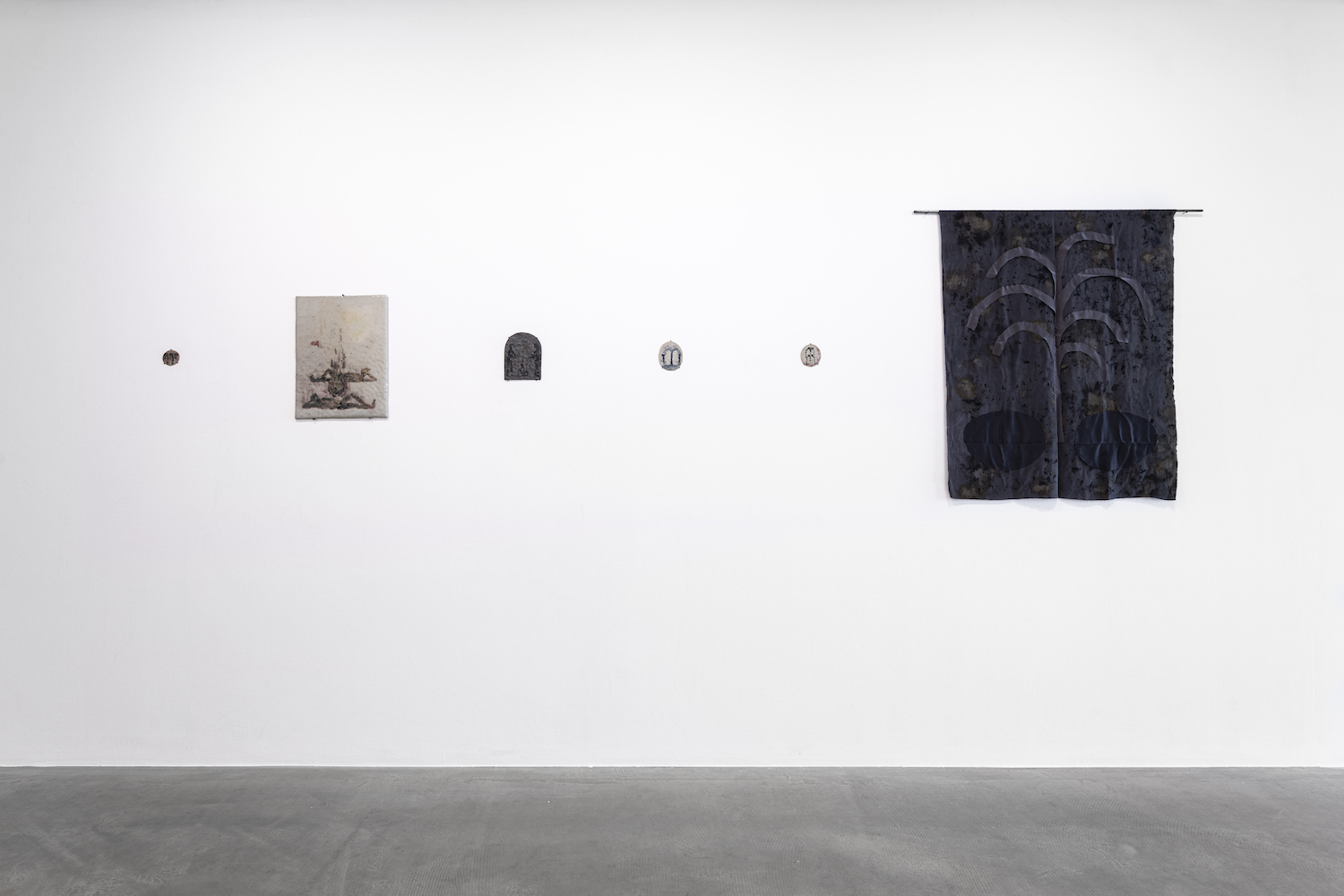
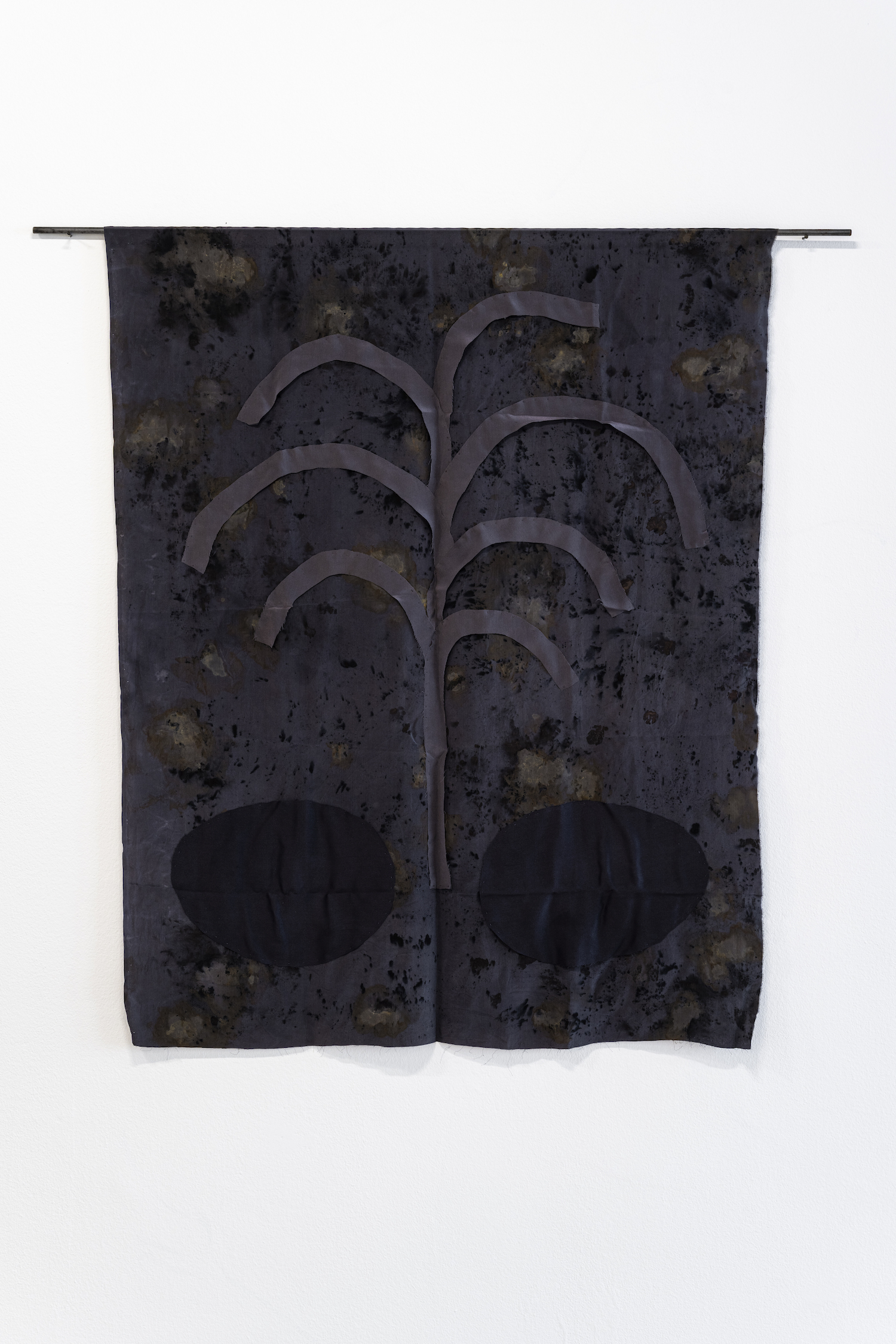
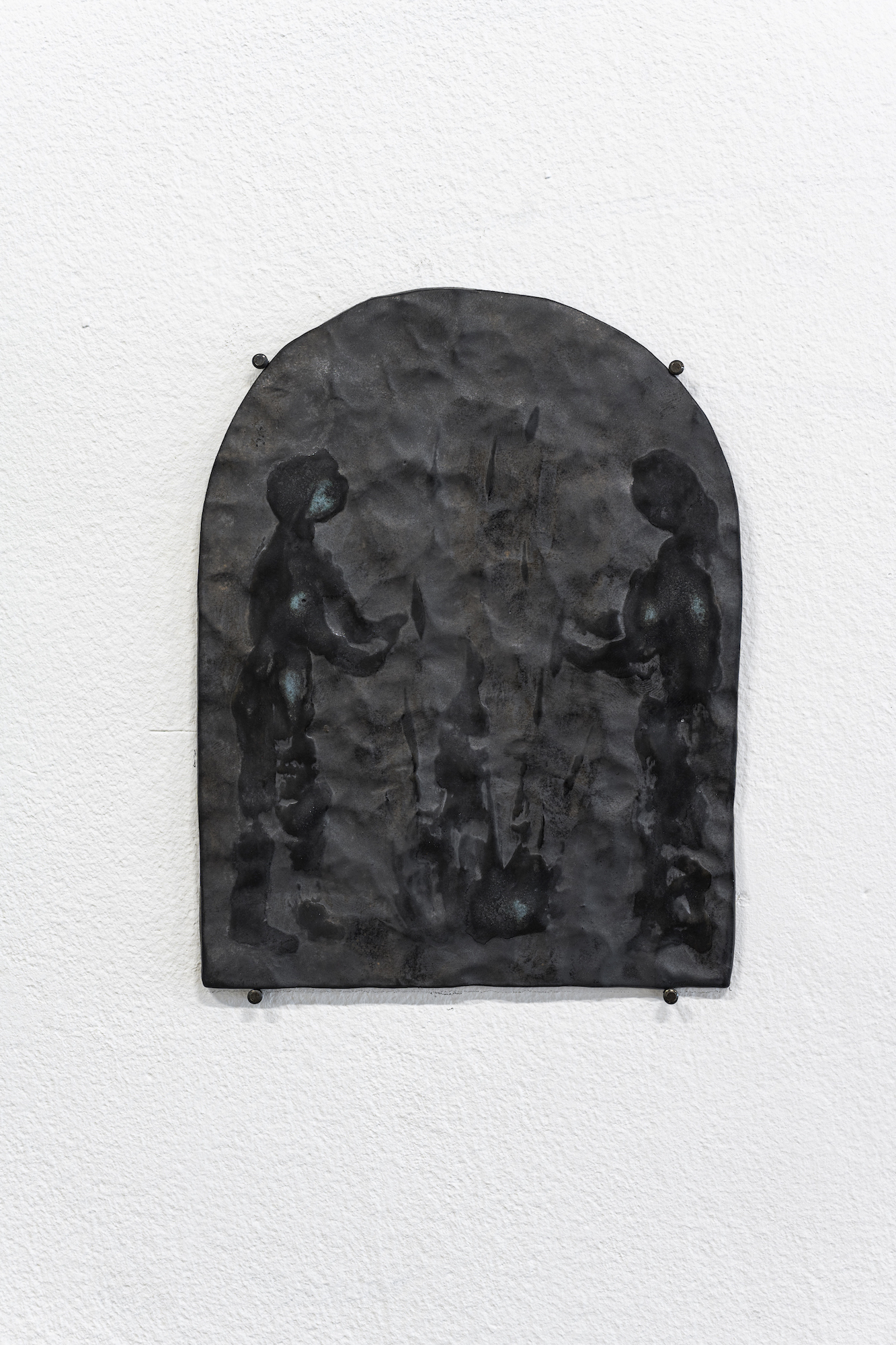
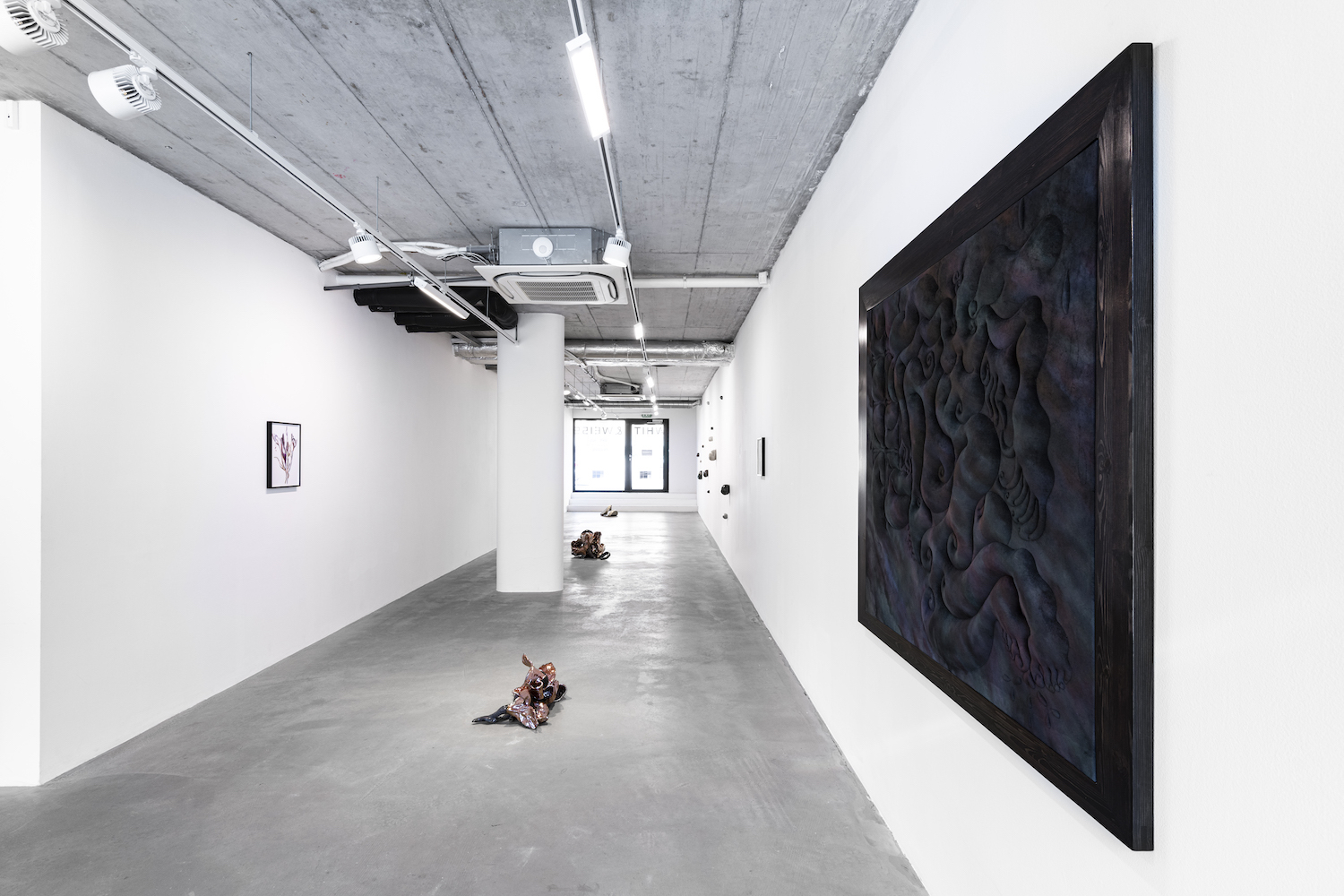
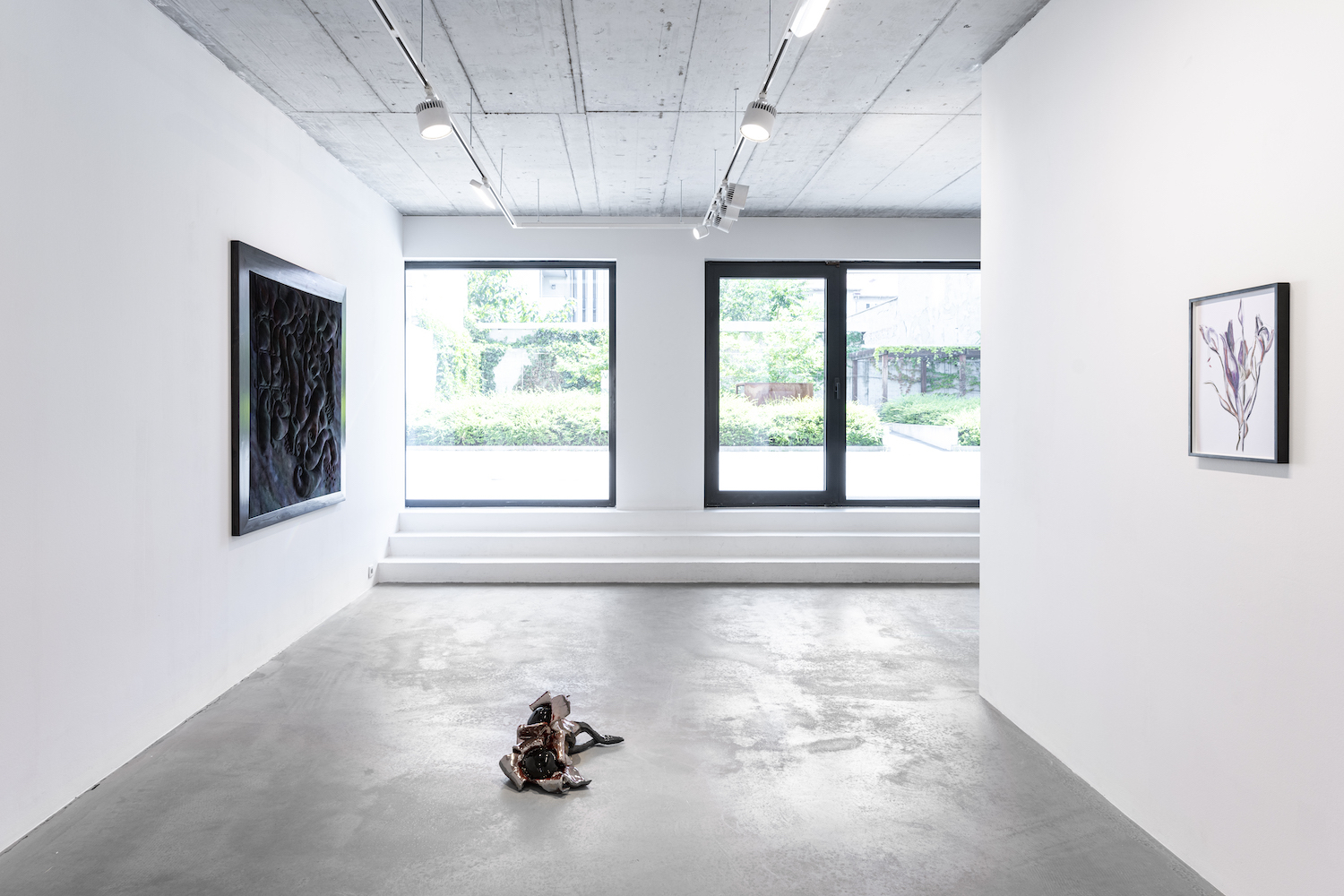
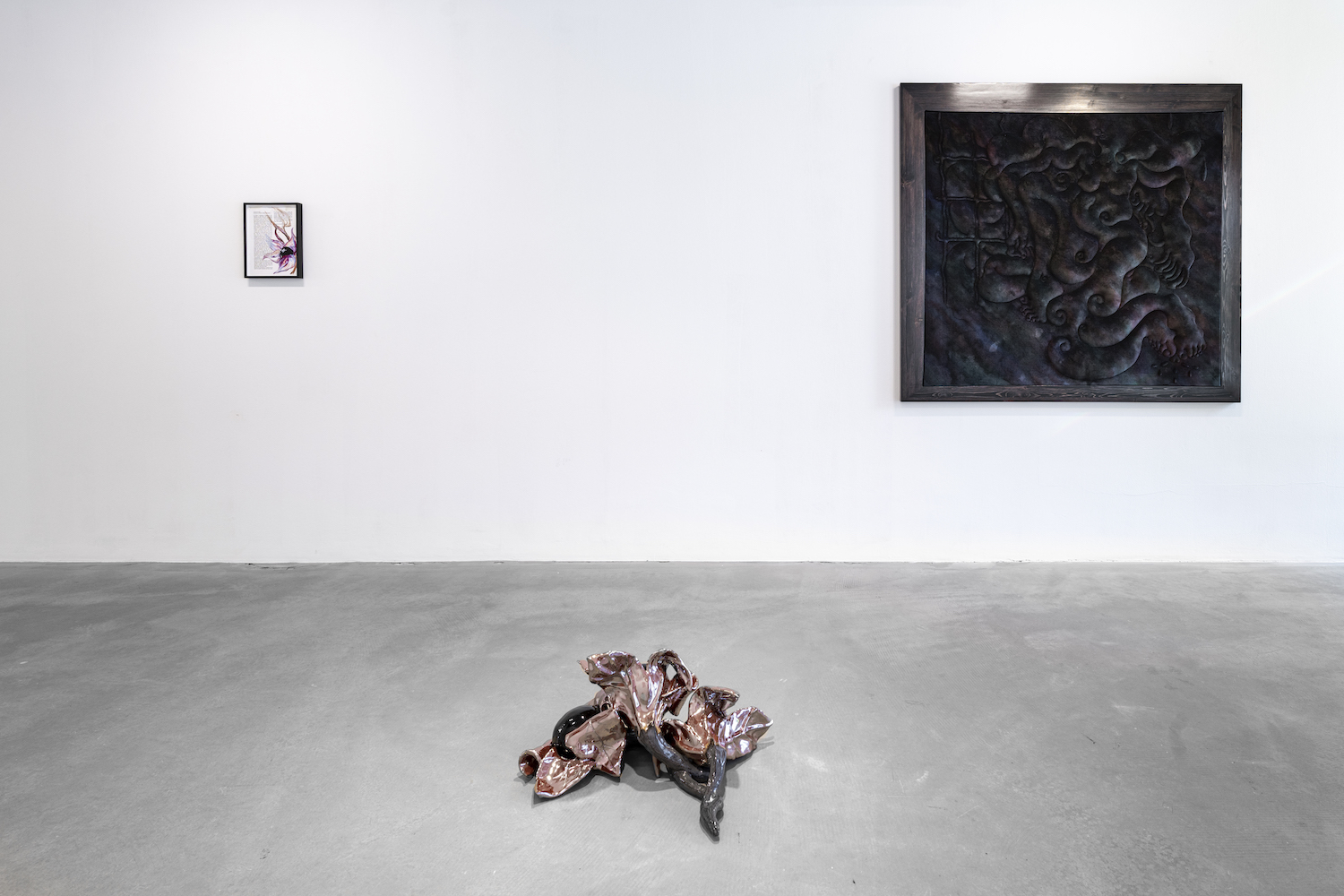

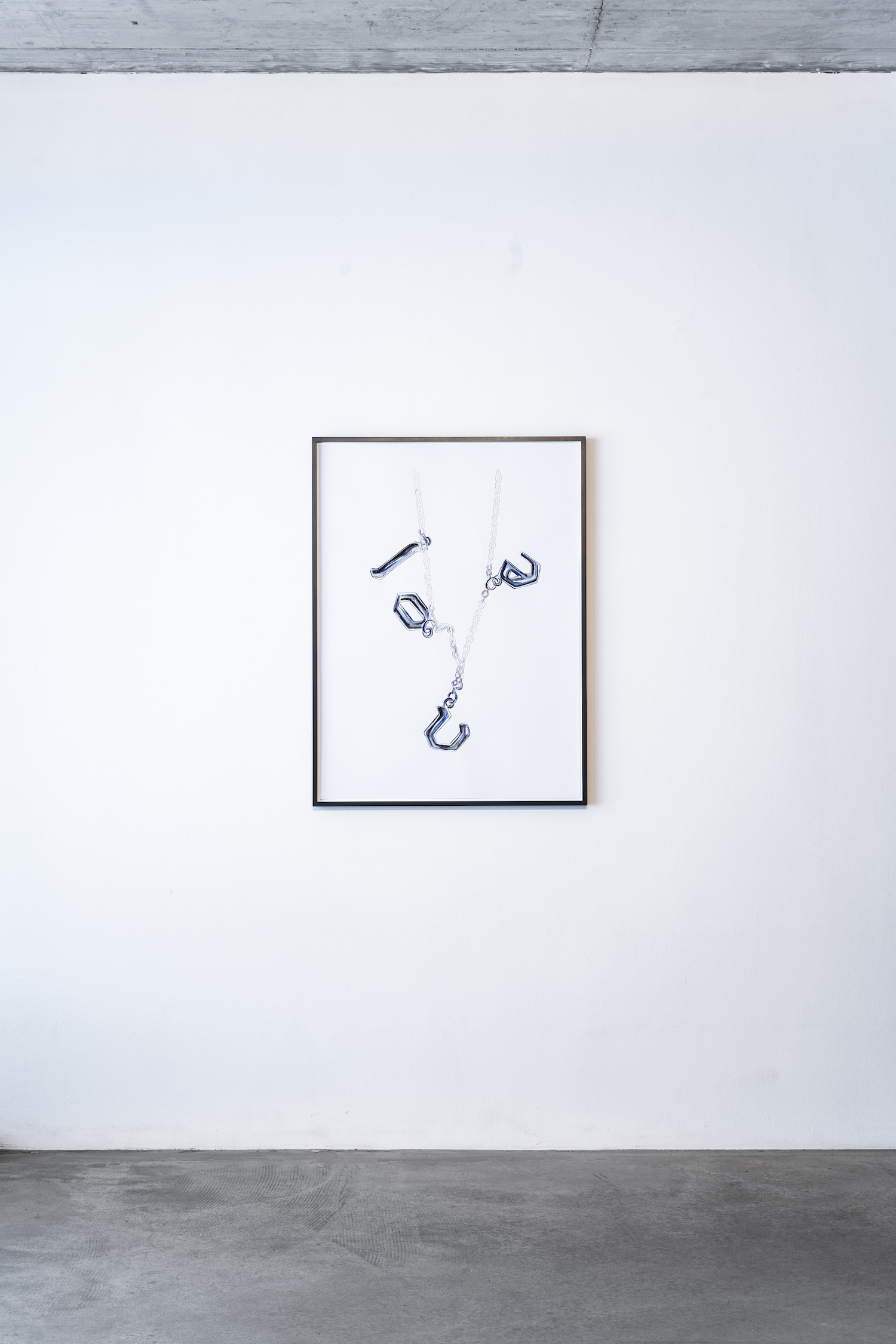
Anything goes when in love
Claude Eigan, Sári Ember, Monika Grabuschnigg, Eliška Konečná
Exhibition Anything goes when in love is the fourth contribution to the Anything goes series – projects that have annually populated the White & Weiss Gallery in Bratislava since 2019. Simple plot lines are used for presenting current trends in contemporary European visual arts, connecting and stimulating artistic scenes and the activities of their representatives. Previous three exhibition cycles – Anything goes (2019, artists: Svetlana Fialová, Pavla Malinová, Nana Mandl, Titania Seidl), Anything goes pt. 2: Techno ed. (2020, artists: Botond Keresztesi, Nika Kupyrova, Alex Selmeci & Tomáš Kocka Jusko, Céline Struger, Nik Timková) and Anything goes pt. 3: Phoenix (2021, artists: Radek Brousil, Filip Dvořák, Šimon Chovan, Ádám Horváth, Lukas Thaler & Titania Seidl, Adam Šakový) prove the potential of exhibition set ups inducing positive reactions, mutual confrontations of artworks, and creatively stimulating dialogues. Although local audiences often embrace only the works of local artists, it is the very connections between local and international artwork, or premiere introductions of international artists in Slovakia that has become the key of this curator’s series.
Anything goes when in love – is an international exhibition, a seemingly visual essay reacting to issues of relationships, affinity, sympathies, or antipathies. The title itself, potentially a subtitle for any romantic comedy from the beginning of this century is rather ironic. It actually outlines the possible concept of a relationship, things it brings about. Be it a trivial attraction between humans, a natural inclination towards what we think we need, or an increasingly present affinity towards objects stealing our attention - relationships may be magnificent, filled with optimism or paratrophic and toxic with fatal consequences. Thus, this exhibition is not a mere romanticizing love story. Insinuated ideas of relationships become an ambivalent emotional ride, following the connections and mutual effects of objects, humans or animals. It offers a natural account of intimacy, inexplicable attraction, parasitisation, conscious or unconscious dependencies, natural gravitation and forbidden fruit.
The curator’s project represents current trends in the production of internationally active artists– Claude Eigan (France, based in Berlin), Sári Ember (Brazil, lives and works in Budapest), Monika Grabuschnigg (Austria, lives and works in Berlin) and Eliška Konečná (Czech Republic, lives and works in Prague). Their individual works depict topics directly linked to relationships, mainly through styled figural motifs, though original symbolism, metaphorical scenes or personal mythologies represent a significant part of the selection that embodies the current update of traditional artistic techniques such as ceramics, drawing, textile or ceramic paintings. Creation of most of the artworks was prompted by this exhibition. They are characterized by formal appropriations followed by the ideological repositioning of the context of original prototypes. Comeback to nature, ephemeral situations and organic materials is clearly present. One can observe bewilderment by craft, joy from physical contact with the materials used – all in stark contrast to the digitalization of the world (and) arts. Exhibited works communicate through universal language, though inspired by intimacy or personal experiences to a great extent. They are based in history and myths, spotted and processed through the principles of pop culture. Yet again, anything goes...
The minimalistically tuned, albeit ample installation by Claude Eigan (b. 1983, Saint-Germain-en-Laye, France, live and work in Berlin) opens the exhibition. Their productions are characterised by an attraction to sculptures, inspired by contemporary poetry, objects of daily life as well as various biological materials chosen from their natural environment. Then they deconstruct them, monumentalize them, transforming their colours and forms. Anxious jittery feelings resulting from a twisted reality come as a result; reality that takes over familiar details or specific elements activating the memory and stimulating personal imagination. A parasitic series of elegant ceramic objects Supper Host (2020) spreads on the gallery walls, luring us with its organic, shiny shapes and glossy enamels. A closer look unveils styled bodies of ticks – parasites searching for their hosts and sucking on their blood. The odds are high one could contract a disease from them, which naturally defines this as a one-way beneficial relationship, but still, their attractive look is dangerously captivating. The installation is combined with a monumentalized trivial object: a beer cap (Sea Street Lovers, 2022) inspired by this exhibition. Eigan transform it into a surreal vision of pearl shells intentionally positioned somewhere on the brink of a kiss and a bite. Eigen create a romantic and ironic ode to summer (or efemeral) love adventures from the sizzling streets of Berlin.
Visual artist Sári Ember (b. 1985, São Paulo, Brazil, lives and works in Budapest) explores figural, emblematic and material representation, as well as symbolism and the metaphoric interpretations of images in her medially diverse production. Her marble objects, ceramic works, photographies or textile installations work with their own memories, family history or collective stories, reacting to traditions, rituals or archetypal depictions. Her works encompass a universal stylisation used for conveying personal stories. A selection of Ember’s current works focuses on small hanging ceramic objects with simple enamel paintings. She sketches the basic plot of a relationship, pregnancy, life or death, creating simple sceneries, inserting styled portraits and figural scenes communicating elementary topics and archetypal depictions (figures warming up around a fire, portraits etc.). Simplified sets on ceramic small flat shapes and boards naturally internalize historicist form, allowing them to resemble archaeological findings.
Although Monika Grabuschnigg (b. 1987, Feldkirch, Austria, lives and works in Berlin) uses mixed-media (including sculptures, objects, installations or drawings), clay is almost always in the core. Hanging reliefs with styled figural compositions or sculptures taking over the forms of diverse real objects - Grabuschnigg has an innovative approach to traditional ceramics. Her sculptures are inspired by nature, popular phenomenon, philosophy and myths, appropriating real prototype paintings, shifting them to new substantive contexts through material exchanges or formal deconstructions. The exhibited project presents a selection from her latest series of ceramic sculptures Nightshade (2021-2022), inspired by the highly poisonous plant, so called Atropa belladonnoa (Deadly Nightshade). Dystopic, surreal and simultaneously romantically appearing large-scale sculptures depict a treacherously attractive nature. This discreet plant with juicy fruits and a long and twisted history, has been the subject of medical research (it has proven to be helpful with epilepsy and depression); used in cosmetics (women taking its berries thus enlarging their irises) and for aphrodisiac qualities. Nightshade berries have been associated with witchcraft and rituals, while increased doses have been always lethal. A multi-layered spell of those dark berries has made its way into a tiny drawing (Wetterleuchten, 2022) topped with the symbol of a lily (Lilies, 2022) as a hallmark of innocence, relationships, sexuality and fertility.
Czech artist Eliška Konečná (b. 1992, Dobřichovice, Czech Republic, lives and works in Prague) concentrates on experimenting with embroidery, textile and woodcarving. She creates reliefs, soft sculptures and embroideries, complementing them with wooden objects or specially designed sculptural frames. She works with personal memories, being inspired by spaces, interested in the topic of home, looking for current forms of corporality. Now she primarily devotes her energy to styled figural scenes, embroiling and stuffing them. At times, her linear drawings with an almost abstract air, tempt to dive into haptic experiences, balancing somewhere on the verge of reality and dreams. The velvet bas-relief Nokturno (2022) with its almost monochrome appearance, inspired by this exhibition, shows a dynamic corporeal scrummage. The figural composition communicates an intimate moment into a ponderously looking frame object, framing the scene in a rigid, right-angle system, contrasted with a casual, almost aestheticizing form of embroidered relief. Dramatic colourfulness, combined with sexual tension and baroque bodily tenderness produces a strong, emotionally ambivalent situation.
Michal Stolárik




